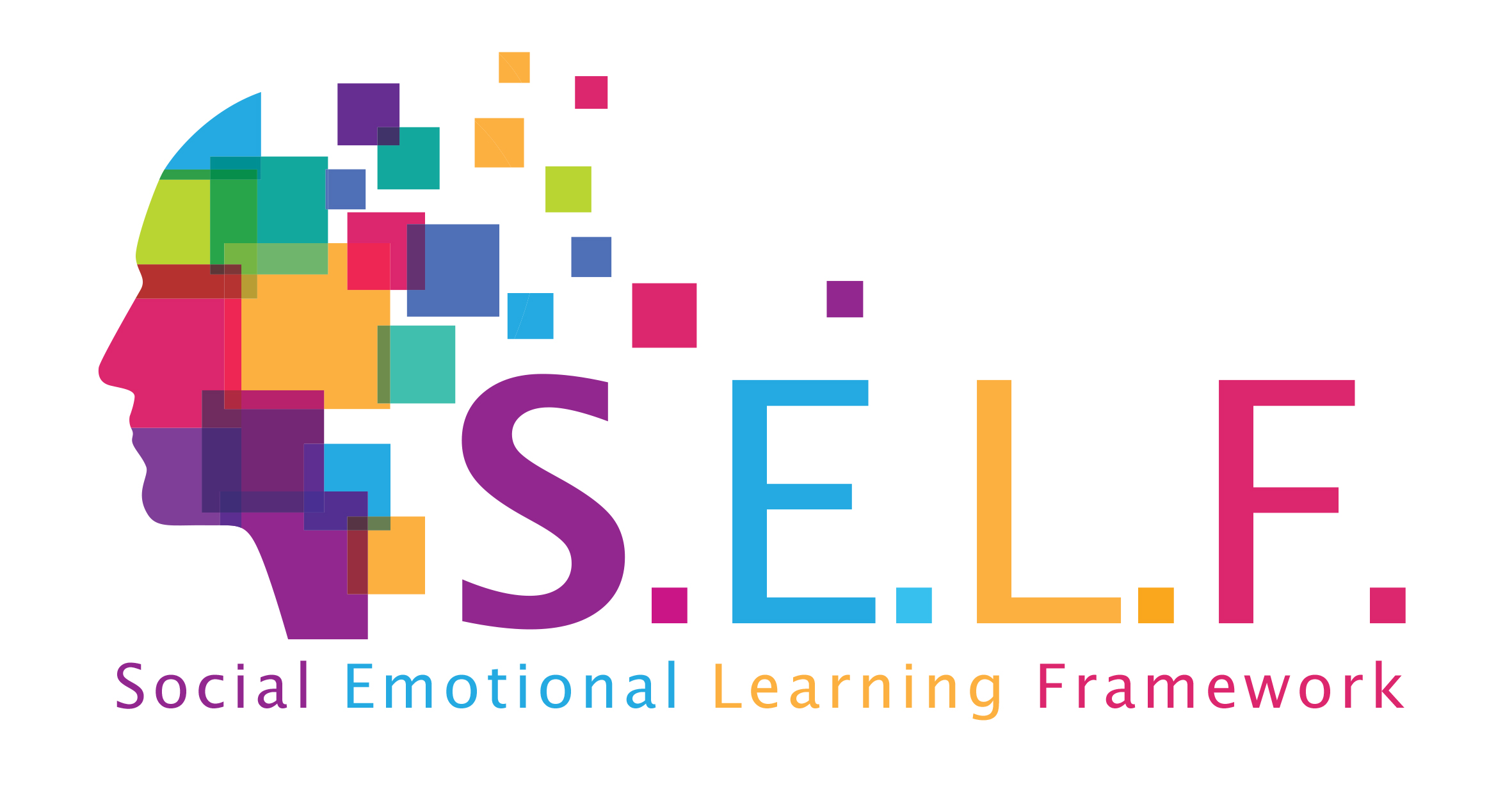Responsible decision-making requires the knowledge, skills, and attitude to make constructive informed and choices for personal behavior and social interactions in different settings. It entails critically investigate the ethical standards, safety concerts, and behavioral norms for risky behavior, and includes areas such as factually evaluating the consequences of various interpersonal and corporate actions, while considering the their own health and well-being, and that of others.
The following table demonstrates the Responsible Decision-Making goals and indicators according to grade levels.
|
|
K-2 |
3-5 |
6-8 |
9-12 |
|
Identifying the Problems |
Identify the choices and decisions made in daily life. |
Notice it when an event turns into a problem and what makes it so (ex.: safe vs. unsafe; healthy/unhealthy, legal/illegal, fair vs. unfair, etc.). |
Identify the various problems and decision that affect students’ lives. |
Identify the various problems and decision that affect students’ lives. |
|
Specify/distinguish between the alternatives that may cause a problem. |
Specify/distinguish between the alternatives that may cause a problem. |
Identify the features of safe and unsafe settings, including internet safety. |
Identify the features of safe and unsafe settings, including internet safety. |
|
|
They can understand when a situation turns into a problem and what makes it so. |
||||
|
Case Analysis and Problem-Solving |
Determine the options at hand and how to respond. |
Determine the options at hand and how to respond. |
Come up with multiple solutions to solve problems in various cases. |
Identify a problem through multiple points of view and perspectives. |
|
Determine the potential positive and negative implications of a decision on themselves and others. |
Determine the potential positive and negative consequences of a decision for themselves and others. |
Consider the good of themselves and others when making a decision. |
Come up with multiple solutions to solve problems in various cases. |
|
|
Determine when an adult’s help is needed. |
Determine when an adult’s help is needed. |
Distinguish between situations that require help and those that they can solve themselves without help. |
Consider the good of themselves and others when making a decision. |
|
|
Make choices and accept responsibility for its consequences. |
Notice/identify the decisions and situations affected by peer pressure. |
Determine when decision-making is affected by peer pressure, social and/cultural norms. |
Distinguish between situations that require help and those that they can solve themselves without help. |
|
|
Make choices and accept responsibility for its consequences. |
Make choices and accept responsibility for its consequences. |
Determine when decision-making is affected by social and/cultural norms. |
||
|
Assessment and Reflection |
Assess and reflect on the impact of choices on themselves and others. (Did it work? Was it fair? How did it affect each individual?) |
Assess and reflect on the impact of choices on themselves and others. (Did it work? Was it fair? How did it affect each individual?) |
Reflect on the positive and negative consequences of decisions for themselves and others. |
Reflect on the positive and negative consequences of decisions for themselves and others. |
|
Define a new idea and goal as a result of the problem-solving process (What would I change for the next time?). |
Define a new idea and goal as a result of the problem-solving process (What would I change for the next time?). |
Reflect on the past decisions and put their learning into practice in new situations. |
Reflect on the past decisions and put their learning into practice in new situations. |
|
|
Make choices and decisions, and asses their potential impact on the future. |
Notice/state that the decisions and behaviors of others are affected by traditions, culture, and experiences. |
|||
|
Investigate how personal emotional events contribute to or set back problem-solving skills. |
||||
|
Ethical Responsibility |
Act with the awareness of equality, fairness, justice, and respect, all of which have a positive influence on the school and society. |
Act with the awareness of equality, fairness, justice, and respect, all of which have a positive influence on the school and society. |
Act with the awareness of equality, fairness, justice, and respect, all of which have a positive influence on the school and society. |
Act with the awareness of equality, fairness, justice, and respect, all of which have a positive influence on the school and society. |
|
Take responsibility for their behaviors. |
Show that they understand the consequences of an individual’s actions and their effect on others. |
Appreciate the strengths of others and their contribution to a group. |
Appreciate the strengths of others and their contribution to a group. |
|
|
Take responsibility for their behaviors. |
Take responsibility for their behaviors. |
Take responsibility for their behaviors. |
